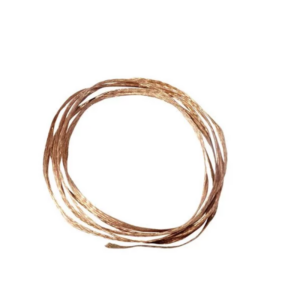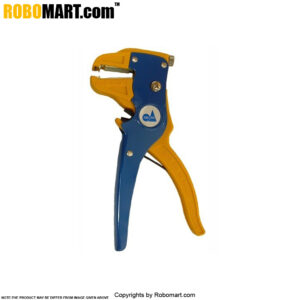A heat gun is a device used to emit a stream of hot air, usually at temperatures between 100?C and 550?C (200-1000?F), with some hotter models running around 760?C (1400?F), which can be held by hand. Heat guns usually have the form of an elongated body pointing at what is to be heated, with a handle fixed to it at right angles and a trigger, in the same general layout as a handgun, hence the name.
How heat guns work:
Heat guns look a lot like hair dryers – but, as many instructions thoughtfully point out, should never be used for drying hair! The method of operation of a hot air gun is similar to a hair dryer: a fan pulls air into the body of the tool and drives it across an electric heating element and out through a nozzle.
Heat Gun features:
As such a simple tool, there are not many differences between one model of heat gun and another – but there are some features which are important.
- Wattage – commonly from 1000W to 2000W (a measure of the power of the gun). Providing that there are heat and/or airflow controls, the higher the wattage, the better.
- Main control switch – usually mounted on the front of the pistol grip, and normally a ‘dead man’ switch so that power is switched off when the finger pressure is removed – an ideal safety feature as the heat gun stops if it is accidentally dropped.
- Temperature setting – at least 500?C is needed for stripping paint – the lower the bottom end of the range the more useful. A choice of controls make the tool more useful.
- Airflow setting – having variable or more than one speed makes the tool more versatile.
- Thermal cut out – this will switch off the tool if it becomes overheated. If this occurs, it indicates a fault in the tool or method of use – for safety, the fault must be identified and corrected before the heat gun is again used.
- Flex length – lengths of 2.5 to 3 m are normally fitted, this means that when using an extension lead, the tool can be used at the full reach without having the socket hanging in mid air.
- Hanging hook – useful for storing the tool.
- Surface stand – this enables the heat gun to be safety ‘rested’ during pauses in the work and after uses. It also allows the gun to be used ‘hands-free’ when two hands are required on the work piece (such as when bending a plastic pipe).
- Nozzles – most heat guns have a range of nozzles that can be fitted for specific uses, generally these need to be purchased separately.










